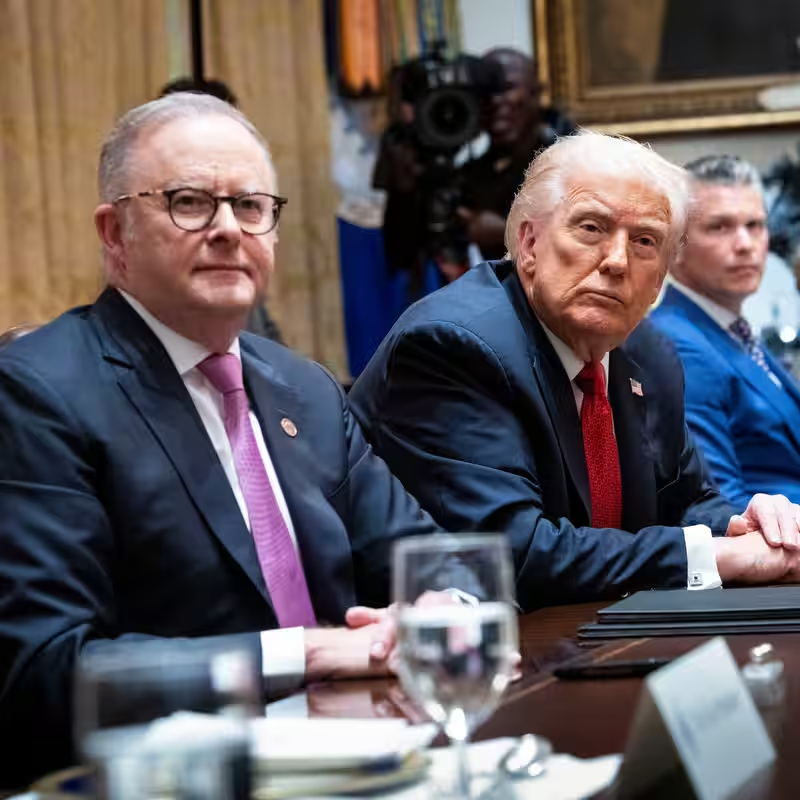Rare earths—the 17 obscure metals that power everything from fighter jets to electric cars—are at the heart of a high-stakes geopolitical scramble. And right now, the United States is playing catch-up. Despite years of warnings, America remains dangerously dependent on China, which controls roughly 85% of global rare earth processing. Now, the Trump administration is deploying an array of unconventional tactics to break that stranglehold—but experts warn time and technical hurdles may be working against them .
Why Rare Earths Matter More Than You Think
Don’t let the name fool you: rare earth elements like neodymium, dysprosium, and praseodymium aren’t actually rare in the Earth’s crust. But they’re incredibly difficult and environmentally messy to extract and refine. And China has spent decades mastering the process—while the U.S. shuttered its last major processing facility in 2015.
Today, these metals are embedded in national security infrastructure: missile guidance systems, radar, stealth coatings, and next-gen batteries. Lose access, and America’s defense and clean energy ambitions stall overnight.
Trump’s Unconventional Playbook
Faced with this vulnerability, the Trump administration has launched a multi-pronged strategy that includes:
- Military stockpiling: The Pentagon is buying and storing raw rare earth oxides at an accelerated pace.
- Foreign partnerships: Deals with Australia’s Lynas and Canada’s Neo Performance Materials to build U.S.-based separation plants.
- Recycling mandates: New executive orders require defense contractors to source 30% of rare earths from recycled or non-Chinese origins by 2027.
- Fast-tracked permitting: Cutting red tape for mines like Mountain Pass in California—the only active rare earth mine in the U.S.
“We’re not just building supply chains—we’re building sovereignty,” said a senior National Security Council official.
Can the U.S. Catch Up Before It’s Too Late?
The challenges are steep. Even if Mountain Pass produces ore, it still ships 100% of it to China for processing—a dependency the new Australian-backed plant in Texas aims to end by late 2026. But scaling chemical separation facilities takes billions of dollars and years of regulatory navigation.
Meanwhile, China hasn’t been idle. In 2023, it imposed export controls on gallium and germanium—precursors to semiconductors—and hinted rare earths could be next. Analysts see this as economic statecraft: a warning shot to deter U.S. aggression.
Rare Earths: Global Supply Chain Snapshot (2025)
| Country | Mining Share | Processing Share | Key Projects |
|---|---|---|---|
| China | 60% | 85% | Baotou complex, Inner Mongolia |
| U.S. | 15% | <1% | Mountain Pass mine (CA); Texas separation plant (under construction) |
| Australia | 10% | 5% | Lynas operations in Malaysia & Texas |
| Others | 15% | 9% | Myanmar, Russia, Vietnam |
The Bottom Line: A Race Against Time
Industry insiders estimate it will take at least 5–7 years for the U.S. to achieve even partial self-reliance in rare earth processing. Until then, every electric vehicle, wind turbine, and F-35 jet remains tethered to Chinese supply chains.
“This isn’t just about trade,” said Dr. Rebecca Keller, a materials scientist at MIT. “It’s about whether America can maintain technological and military leadership in the 21st century.”
For now, the Trump administration’s gamble hinges on speed, investment, and international trust. Whether that’s enough to counter Beijing’s decades-long head start remains the trillion-dollar question.




